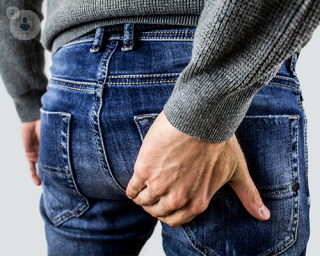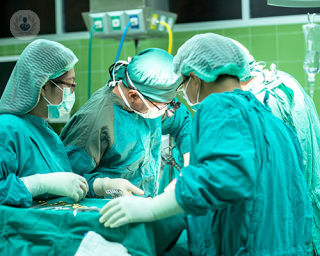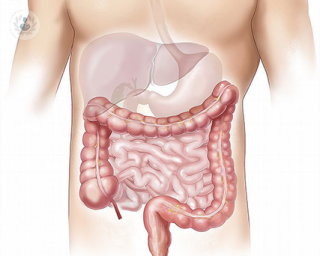
By Mr Jason Wei Ji On
05.06.24
Colorectal surgery
Demystifying polyps: Recognising risks and seeking care
Polyps, although often benign, can pose potential health risks if left untreated. Understanding what polyps are and when it’s necessary to consult a healthcare professional is crucial for maintaining your well-being. In this article, we'll delve into the basics of polyps, their potential implications, and when it’s time to schedule an appointment with a consultant.


















